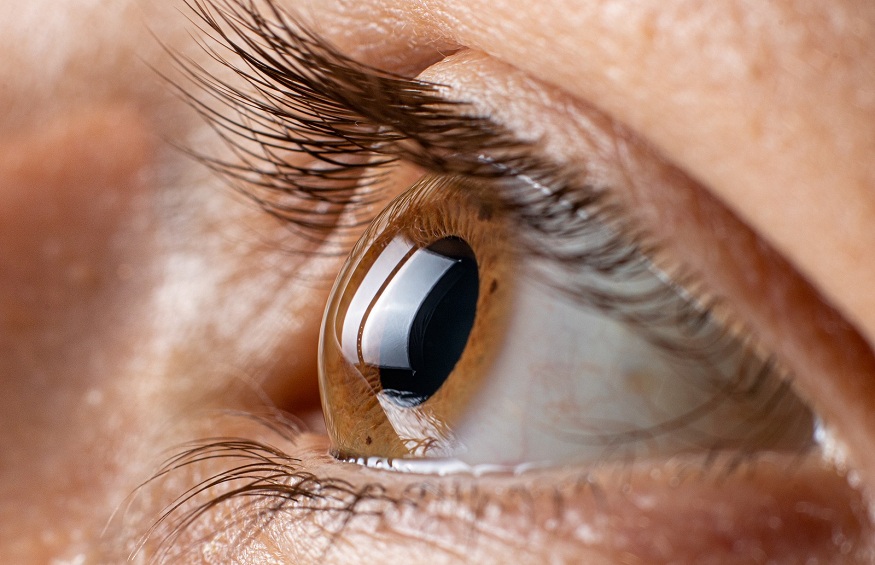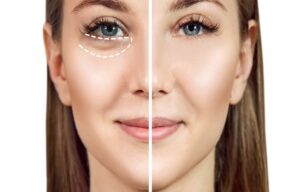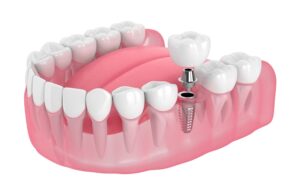What You Should Know About Keratoconus
3 min read
The cornea, the transparent outer lens or “windscreen” of the eye, is generally shaped like a ball. However, when the structure is not strong enough to maintain its round shape, it bulges outward, like a cone. This is known as keratoconus.
Collagen fibres are tiny protein fibres in the eye that assist in keeping your cornea in place. When these fibres become weak, they lose their ability to control their form. As a result, your cornea becomes more cone-like.
It occurs when your cornea lacks sufficient antioxidant protection. As a result, its cells emit hazardous byproducts in the same manner that an automobile does. Typically, antioxidants eliminate them while protecting the collagen strands. However, when levels are low, collagen weakens and the cornea bulges.
Causes
We do not know what causes keratoconus. However, researchers believe that certain people are predisposed to it from birth.
Several factors may be related to the condition:
- Family history: If someone in your family has this illness, you are more likely to get it. If you do have it, be sure to get your children’s eyes tested for indications of it around the age of 10.
- Age: It generally begins in your adolescence. However, it may appear sooner in infancy or wait until you are 30. It can also affect persons after the age of 40, but this is less prevalent.
- Specific diseases: Keratoconus has been linked to systemic disorders such as Down syndrome, Ehlers-Danlos syndrome, osteogenesis imperfecta, and retinitis pigmentosa, according to research.
- Inflammation: Inflammation caused by allergies, asthma, or atopic eye illness can deteriorate corneal tissue.
- Rubbing your eyes: Over time, rubbing your eyes can wear down the cornea. In addition, if you already have keratoconus, it can hasten its progression.
Is it harmful?
Changes to the cornea might make it hard to focus your eyes without using glasses or contact lenses. You may require a corneal transplant to restore your sight if the situation worsens.
Laser vision correction surgery (LASIK) is risky if you have keratoconus. It might further damage your cornea and impair your eyesight. Avoid the LASIK procedure even if you have a minor degree of keratoconus.
Symptoms
Keratoconus alters eyesight in two ways:
The smooth surface of the cornea becomes wavy as it changes shape from a ball to a cone. This is known as irregular astigmatism.
Your eyesight grows increasingly nearsighted as the front increases. This implies that you can only see items clearly up close. Anything that is too far away appears blurry.
During an eye checkup, an eye doctor may notice the indications. You should also include symptoms such as:
- When viewing with only one eye, you have double vision.
- Near and remote objects that seem hazy
- Bright lights that appear to have halo effects
- Light striations
- Three ghost pictures
- Driving is difficult due to hazy eyesight.
Treatment
You’ll most likely begin with new glasses. If you have a minor case, new glasses should do the trick. Your doctor will advise you to use contact lenses if they do not. Rigid gas permeable connections are often preferred. Other procedures may be required in the future to strengthen your cornea and improve your vision.
A procedure known as corneal collagen crosslinking may be used to prevent the problem from worsening. Alternatively, your doctor may place an Intacs ring beneath the surface of your cornea to flatten the cone shape and enhance eyesight.
A cornea transplant is the last option when previous therapies fail to improve your vision. This highly safe surgery works in more than 90% of situations. The centre of your cornea will be removed, replaced with one from a donor, and stitched back into place. You could require contact lenses after that.





